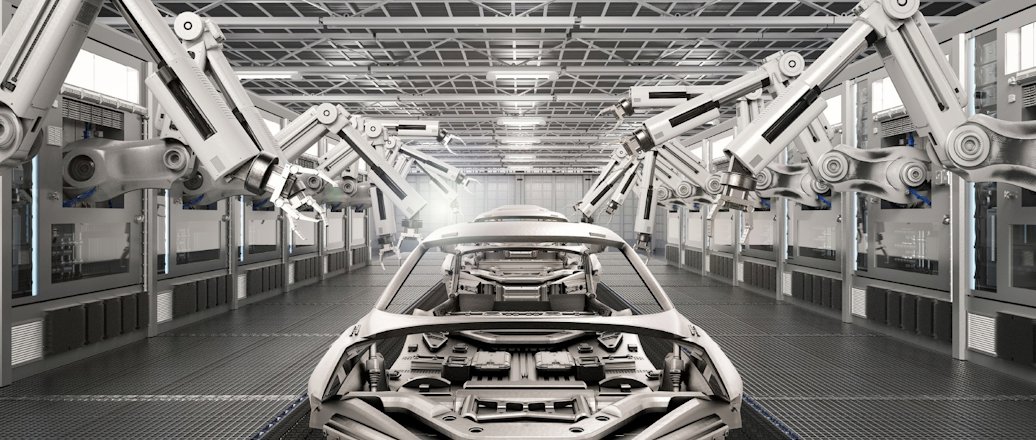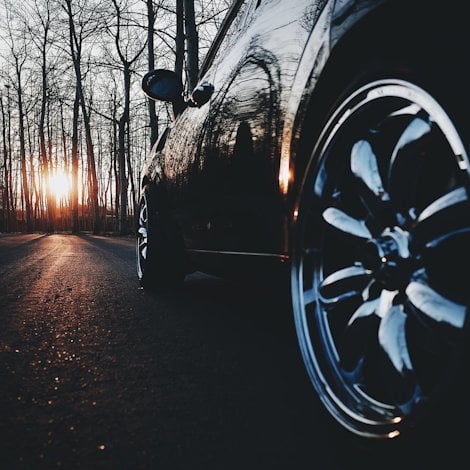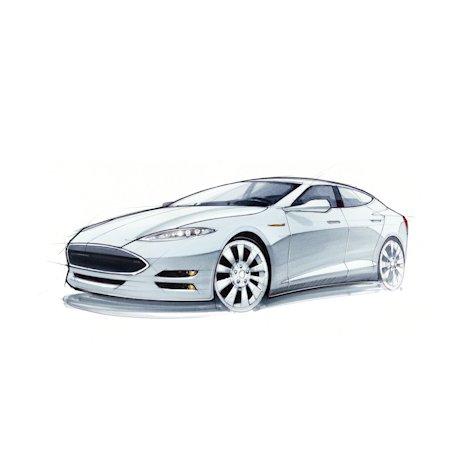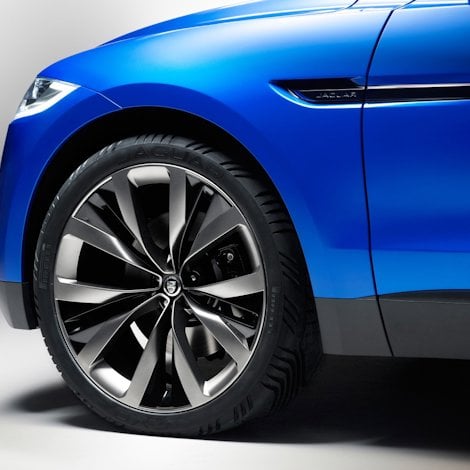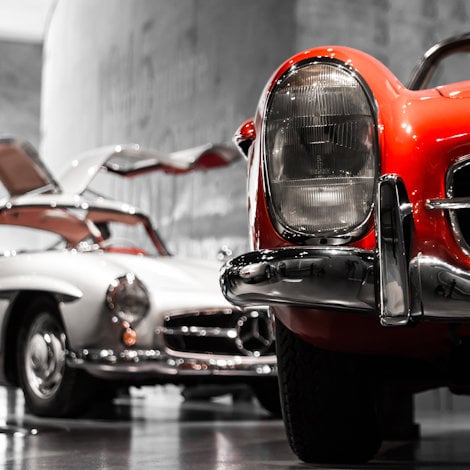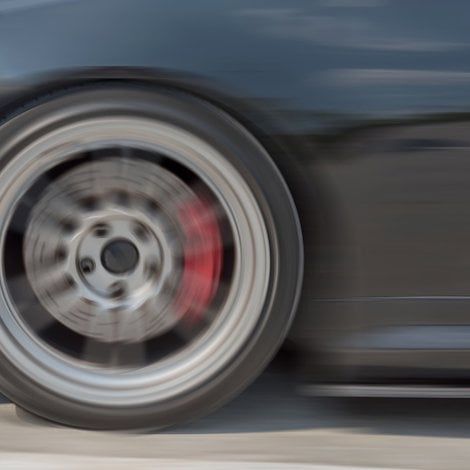How material advances are changing vehicle engineering
Advances in material performance are presenting opportunities and challenges to those involved in vehicle engineering. Historical experience and norms are no longer fixed.
Knowing which material would be used for which design challenge used to be clear. But it isn’t like that anymore.
A good example of this is what we are seeing today with body structures in larger passenger vehicles – what we call the body-in-white – where traditional mild steel structures are being replaced with a range of different designs using high-strength steels, aluminium, magnesium and fiber-reinforced polymers.
While some manufacturers have moved to an almost all-aluminium body structure, the modern mantra is “the right material in the right place.”
And it can go even deeper than that. Because after selecting the material, you will often have to look at different manufacturing processes for the material – and these can give the material different properties. For example, aluminium components can be cast, extruded, forged or in roll form, depending on the part design.
Mixed materials in automotive
Using the right material in the right place means you will be building vehicle systems with different materials. The engineering challenge is to deliver a vehicle design where the most suitable materials can be used in conjunction with each other, without their differences causing other problems.
Challenges arising from the use of mixed materials include:
- Joining
- Coating
- Corrosion prevention
Manufacturing challenges in automotive
In addition to these new challenges for automotive engineers – and I do consider these positive challenges – you face challenges in automotive manufacturing. As touched on above, the increased number of materials in the manufacturing hall means changes to joining technologies, material handling and storage routines.
Again using the body-in-white example, resistance spot weld joining of mild steel panels is replaced by a combination of hot and cold joining techniques including brazing, laser welding, adhesives, and mechanical joining.

